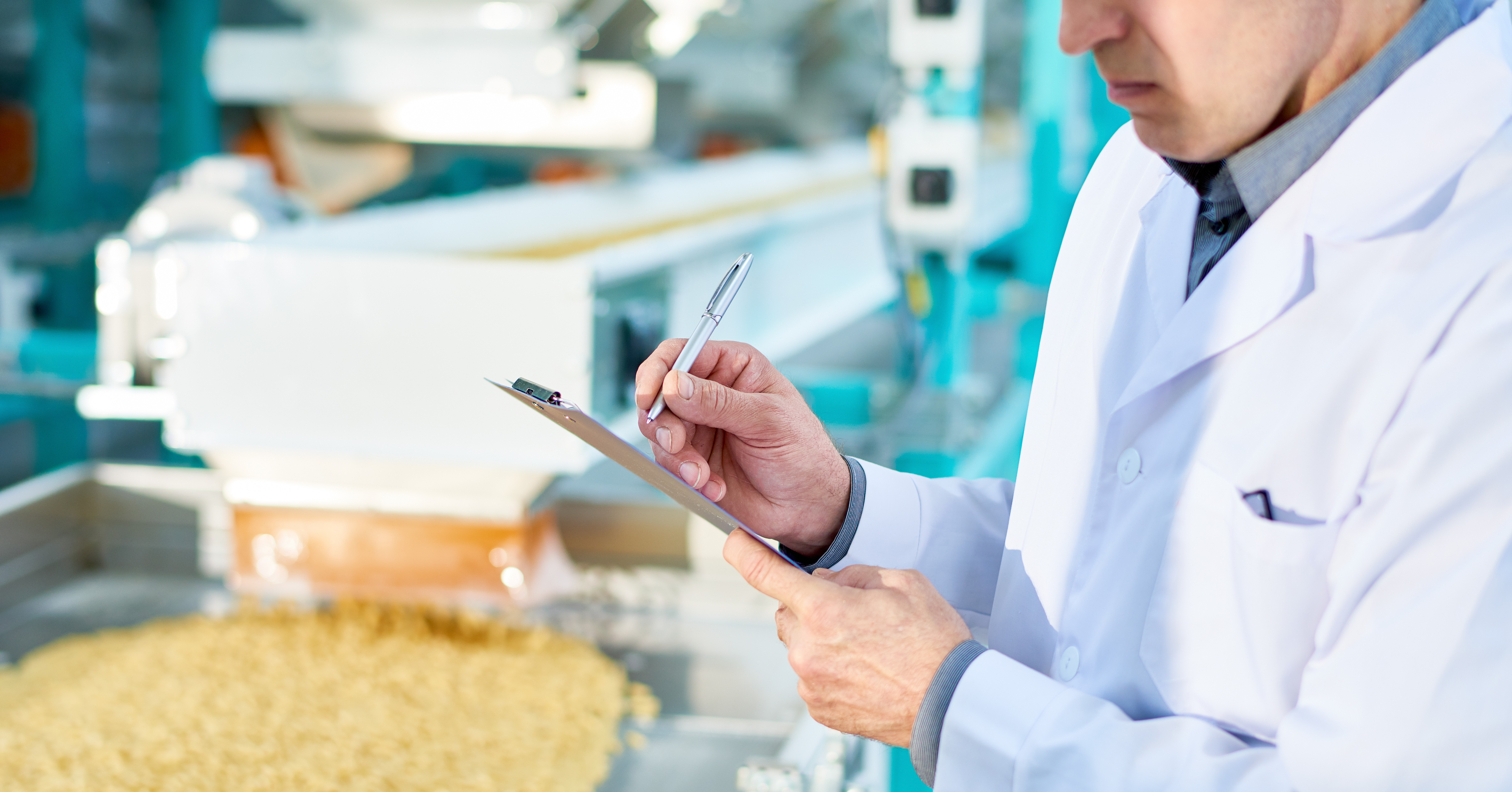Having the correct ERP system in place is vital for any business to achieve the results it desires. After all, within each industry, businesses have their own specific requirements that they need from an ERP system.
In terms of food ERP, the main point for us is that it’s is all about the product and the product has a life of its own. Foodstuff is constantly changing its behaviour and needs to be monitored on a regular basis. Therefore, we strongly insist that as a food business, your focus should be on implementing appropriate food industry ERP software.
In this blog, we explain the key differences between standard ERP systems and food ERP software and why it’s crucial you choose the right one for your business:
- Not all food products fit with a standard ERP system’s Master Production Scheduling
- Manufacturing and production: foodstuff brings a number of variances
- Goods in and out: almost applicable except for a few nuances
- Warehousing and inventory: similar functionality but inconsistent
- Supply planning in the food industry work together with supply and demand
- Demand planning for the food industry is more complex
Not all food products fit with a standard ERP system’s Master Production Scheduling
Some food items can fit with standard ERP systems here (especially with products that have a longer shelf life). But certain products have their own natural growing cycle, meaning they need time to be ready and don’t always fit with demand-driven Master Production Schedule (MPS).
On the other hand, products that have a very short shelf life usually require special attention due to the amount that they need to be produced. To accommodate this, a scheduling algorithm should be implemented.
Weather and product quality can be predicted to a degree, but this can change unexpectedly despite a business’ best efforts. Therefore, a food ERP system must have the necessary functionality to deal with any changes in processing times to avoid scheduling issues.
Manufacturing and production: foodstuff brings a number of variances
Standard ERP systems can cover most requirements through the production processes. However, issues begin to arise when it comes to the variances of what foodstuff brings. ‘Living’ products can vary considerably, meaning only a specialist food ERP system can handle these types of alterations.
Additionally, food ERP software needs to be personalised so it can deal with “attributes” of food items. An item might be an apple or a steak whilst an attribute to an item might be country of origin, size or brand.
For a standard ERP system, some scope of substitution functionality is enough, but food ERP solutions need much more than that. Enhanced functionality is required to deal with multiple attributes and holding logic around organic and conventional items.
In addition, when talking about food, it’s quite likely for changes to happen at any time. This could be a change in the schedule, the inputs or outputs close to production or even during production. A food ERP system therefore, needs to be agile to deal with this.
Lastly, standard ERP systems usually don’t cater for information to be changed after they’ve been scheduled or started. A food ERP system on the other hand, often need this capability to amend specific instructions or plans once they’re in process.
Goods in and out: Almost applicable except for a few nuances
The “goods in” procedure is largely the same as for food and non-food businesses. The differences lie when dealing with the intake of raw materials.
The specification for foodstuff can be much looser when we’re talking about expectation. This includes:
- Multiple units of measure such as count and weight
- Items themselves can be several varieties with differing specifications
Also, food businesses normally have large Technical/QA departments, meaning they require food ERP software to be equipped with enhanced QA functionality to account for this.
In terms of provenance, the difference with food is that food companies must confirm the following:
- The terms of allergens for the product
- The points of origin for the product
- Suppliers meet the legislation governing the products including what’s on the label
As for procurement, foodstuffs are usually organised in multiple units of measure, something which standard ERP systems don’t generally deal with. To compensate for this, the majority of food industry ERP software has personalised functionality to allow users to transact in more than one unit of measure.
Once we reach the “goods out” stage, foodstuff processes very much follow the same standard ERP practices as non-food. Food businesses however should take care in catering for “best before” and “use by” dates in order to avoid safety and customer service issues.

Warehousing and inventory: similar functionality but inconsistent
Once again, food and standard ERP systems share similar functionality here, with most ERP systems coming with a built-in warehouse management system (WMS).
However, foodstuffs do require unique treatment during storage such as the need for frequent quality checks to monitor changes in condition (such as unripe fruit turning to ripe fruit). These types of changes can cause problems for standard ERP systems, with food ERP projects needing to consider this during the planning stage.
In terms of inventory, food is inconsistent. It’s driven by its environment where it undergoes changes all the time and on top of all of that, its life can be short. Food ERP software is usually enhanced at item level with increased information to include:
- Secondary units of measure
- Attributes
- Quality specifications
Taking a look at Lot level, food systems will normally include enhanced information on:
- Residency times
- Allergens
- Origin
Simply put, standard ERP systems are not suitably equipped to deal with this required level of information.
Supply planning in the food industry work together with supply and demand
Whilst standard ERP systems want to be driven by demand, the food industry work together with supply and demand. Traditionally, these patterns have been driven by the seasons but today there’s an increasing expectation for year-round supply.
This has had a knock-on effect to food forecasting, which has become a macro level marrying of both expected supply and expected demand.
At micro level, supply decisions are made by the following:
- Storage capabilities
- Maturity of products
- Demand from micro level
- Prominent weather conditions
- Current quality of stock available
Trying to modify ERP systems at this level from traditional supply algorithms or processes into predictive software takes some experience due to the complexities, meaning mistakes can happen.
The focus here should be on agility and visibility of better cost control rather than better predictions and forecast.
Demand planning for the food industry is more complex
Food or non-food, the demand planning process is mostly the same, meaning a standard ERP system could fit here to an extent. But the food industry does have some added complexities. For example, many parts of the food supply chain can’t be thought about on their own. There might be a demand for a certain product but that doesn’t equate to that product being available or in season.
In addition, many food industry products are parts of either whole crops or wholefoods. This means that demand for one fraction of a harvest or slaughter may give rise to other fractions that might have a different demand profile.
Perishable products in the food industry are also under threat from unforeseen weather conditions, which can have a serious knock-on effect to business and to the levels of daily demand.
Now that you know the differences… find the right food ERP software for you
We hope that this blog has highlighted that even though food and non-food businesses may appear like they share many similarities on the outside, when it comes to ERP system implementation, they can behave rather differently at all levels.
To successfully overcome the challenges your business is facing, you need to choose the right tech that will help nurture growth, offer extensive functionality and keep pace with consumer demands in a cost-effective way.
Want to learn more? Our guide to food ERP system provides an in-depth look at the differences between standard ERP software and food ERP software, as well as explaining the importance of why food business should implement an industry-specific system.
Click the button below to download your copy today.

